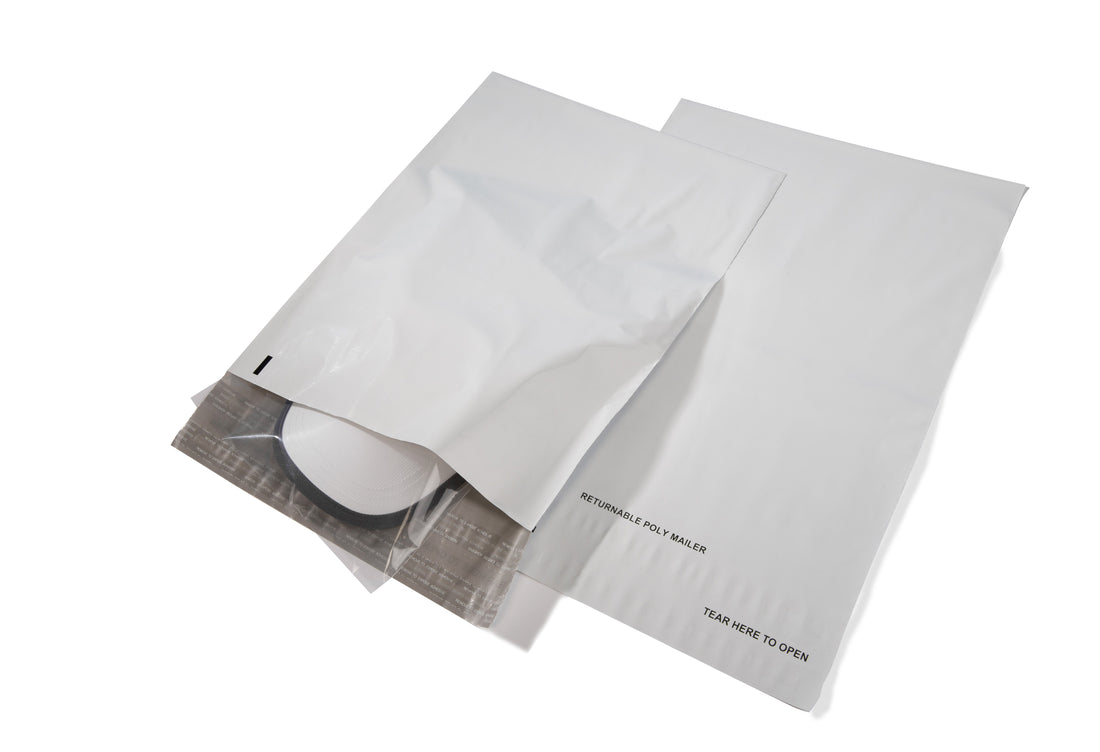
What is the difference between a polybag and a plastic bag?
Share
What is the Difference Between a Polybag and a Plastic Bag?
Poly bags and plastic bags are both made from polyethylene, but poly bags are generally thicker, stronger, and more durable compared to standard plastic bags. While all poly bags are technically plastic bags, not all plastic bags are considered poly bags. The main differences lie in thickness, strength, usage, and environmental impact.
Key Differences Between Poly Bags and Plastic Bags
| Feature | Poly Bag | Plastic Bag |
|---|---|---|
| Material Thickness | Thicker polyethylene film (high-density or low-density) | Thinner polyethylene film |
| Strength & Durability | More resistant to tearing, punctures, and breaking | Less durable and more likely to tear |
| Leak Resistance | Less likely to leak, providing better protection | More prone to leaks and damage |
| Common Uses | Industrial packaging, product protection, shipping materials, and food storage | Grocery bags, retail shopping bags, lightweight disposable bags |
| Environmental Impact | Often reusable and recyclable, reducing waste | Generally single-use and contributes to plastic pollution |
Why Use Poly Bags?
Poly bags are widely used in industries that require durable, protective, and moisture-resistant packaging. Their strength makes them ideal for:
✔ E-commerce and Shipping – Protecting products during transit, especially fragile or moisture-sensitive items.
✔ Food Packaging – Used to store and transport perishable foods safely.
✔ Manufacturing & Industrial Use – Protecting components like electronic parts, automotive accessories, and hardware from dust and moisture.
✔ Furniture & Textile Protection – Keeping furniture, mattresses, and fabrics clean and damage-free during storage or moving.
Different Types of Poly Bags
Poly bags come in various styles, thicknesses, and features depending on their intended use:
- Flat Poly Bags – Simple, open-ended bags for packaging and storage.
- Resealable Poly Bags – Featuring zip closures for easy reuse and secure sealing.
- Gusseted Poly Bags – Expandable sides or bottoms for bulkier items.
- Shrink Poly Bags – Designed for heat-sealing applications.
- Anti-Static Poly Bags – Used for electronics packaging to prevent static damage.
Environmental Considerations
While poly bags are often thicker than standard plastic bags, they can be recyclable and reusable, depending on the material type. Some eco-friendly poly bags are now made from biodegradable or post-consumer recycled plastics, reducing their environmental footprint.
Conclusion
The primary distinction between poly bags and plastic bags is their thickness, durability, and intended use. If you need a stronger, more protective bag for packaging, shipping, or industrial applications, poly bags are the superior choice. However, if you need a lightweight, disposable bag, standard plastic bags are more common.
